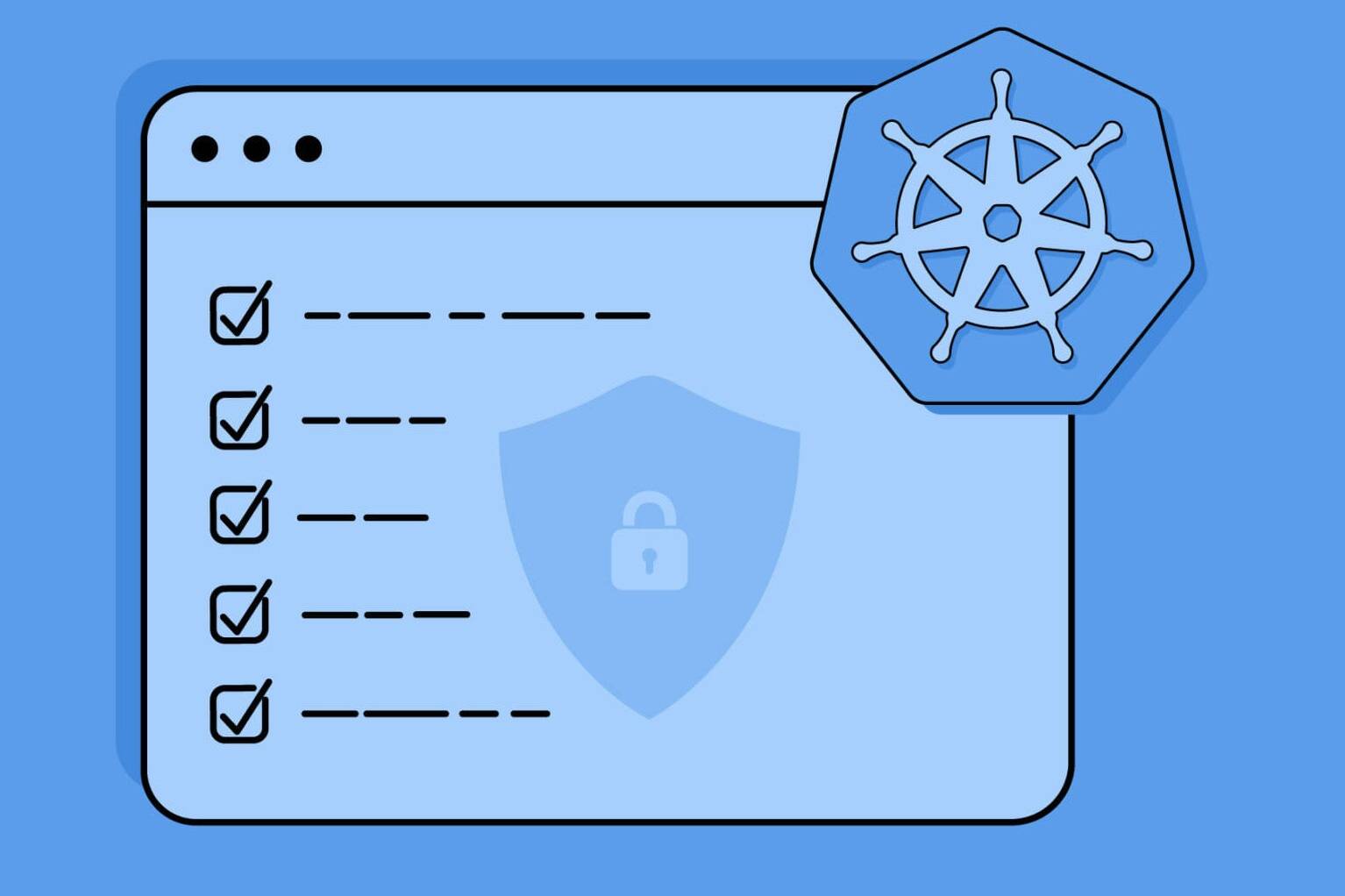October is National Cybersecurity Awareness Month, which aims to raise awareness about the importance of cybersecurity. As we approach the end of the month, it’s important to remember that cybersecurity is a year-round concern.
In this blog post, we’ll discuss six approaches to help protect your business from cyber threats. By implementing these approaches, you can help ensure that your business stays secure and protected from cyber threats.
1. Adopt Email Security Best Practices
The importance of email-based attacks is undeniable. Implementing email security best practices will help you eliminate the majority of the attacks.
- Implement email filtering as the first line of defense to block malicious and suspicious emails even before they reach the users’ mailboxes.
- Implement secure email using advanced protocols such as DMARC, SPF, and DKIM configurations.
2. Secure Your End-Points
Raise your hand if you did not hear the “M&M Security Model”, hard on the outside and soft on the inside. But in today’s cloud-enabled, hyper-connected environment, a new security paradigm is needed. The Zero-Trust Security model means that each and every computing device, server, network, or application is secure. At the end of the day, your users are not only accessing your systems when they are in the office.
They may be connecting from their home office, the Starbucks around the corner, or from the hotel network in a foreign country. Securing your end-points requires a consistent and ongoing effort.
- Workstations, servers, mobile devices, and applications adhere to secure configuration standards,
- All operating systems and applications are regularly patched to the latest version to avoid known vulnerabilities,
- All servers, networks, workstations, and mobile devices are regularly scanned for vulnerabilities and monitored for malicious activity,
- All systems have a strong anti-virus, anti-malware, and end-point detection and protection technology solution,
- All system access (network, application, device, API, etc.) is controlled via secure authentication and authorization mechanisms.
This article may interest you: Broken Access Control vs Broken Authentication
3. Protect Your Account Credentials
Your account credentials are the keys to the kingdom, make sure you protect them.
- Implement a strong password policy for your systems.
- Use a unique and long password for all critical systems. Consider adopting a passphrase instead of a password.
- Do not use the same password for multiple sites.
- Make sure multi-factor authentication (MFA) is enforced for critical systems.
- Implement an Enterprise Single-Sign-On (SSO) solution.
- Use a Password Manager to create and securely store strong and unique passwords for each application/site.
4. Conduct Regular Cybersecurity Awareness Training
Cybersecurity awareness and training solutions supplement the technical controls by arming your users with the knowledge to identify threats and take the correct course of action. Training programs should include:
- eLearning modules,
- Assessments,
- Workshops,
- Gamification,
- Promotions,
- Simulated phishing attacks.
Use your Cybersecurity awareness training program to train users so that the security team is extended to the rest of the organization, instead of being solely the CISO’s responsibility. Technology alone cannot fully protect you, users are your best, first, and last line of defense.
5. Monitor Your Environment
Even the best cybersecurity defense programs cannot protect you 100%. In case some incident still happens, make sure you have logging, monitoring, and incident response as an integral part of your cybersecurity program. Monitoring should include not only network traffic, but also server, application, user behavior, and access logs.
Security monitoring should also include monitoring external threat intelligence sources and correlating them with internal log sources. Explore and adopt new approaches that use big-data analytics and artificial intelligence to eliminate the noise/false positives and provide valuable and actionable insights.
6. Test Your Defenses
Cybersecurity is a process and not a one-time project. Security teams need to be vigilant and constantly on the lookout. Continuously testing your cyber defenses is critical.
- Scanning of networks, servers, endpoints, and applications for known vulnerabilities,
- Penetration Testing, Ethical Hacking, and Red Teaming exercises,
- Risk assessments,
- Auditing your policies, processes, and controls for compliance with standards and regulations.
Conclusion
Cybersecurity is an ongoing concern for any business operating in the digital age. By adopting the six approaches outlined in this post, you can help protect your business from cyber threats and ensure that your systems and data remain secure. Remember that cybersecurity is a process, not a one-time project, and requires constant vigilance and attention.
Take Cybersecurity Awareness Month as an opportunity to process a security check for your business and consider implementing our Endpoint Security services to stay secure.



